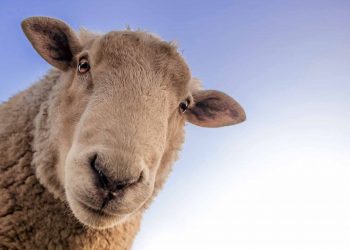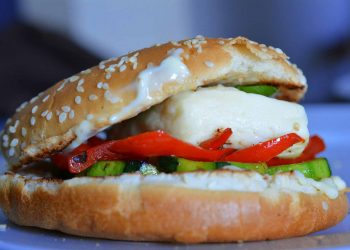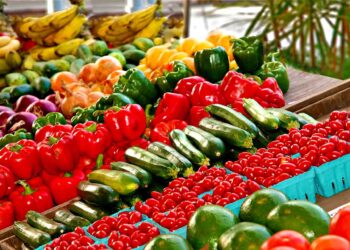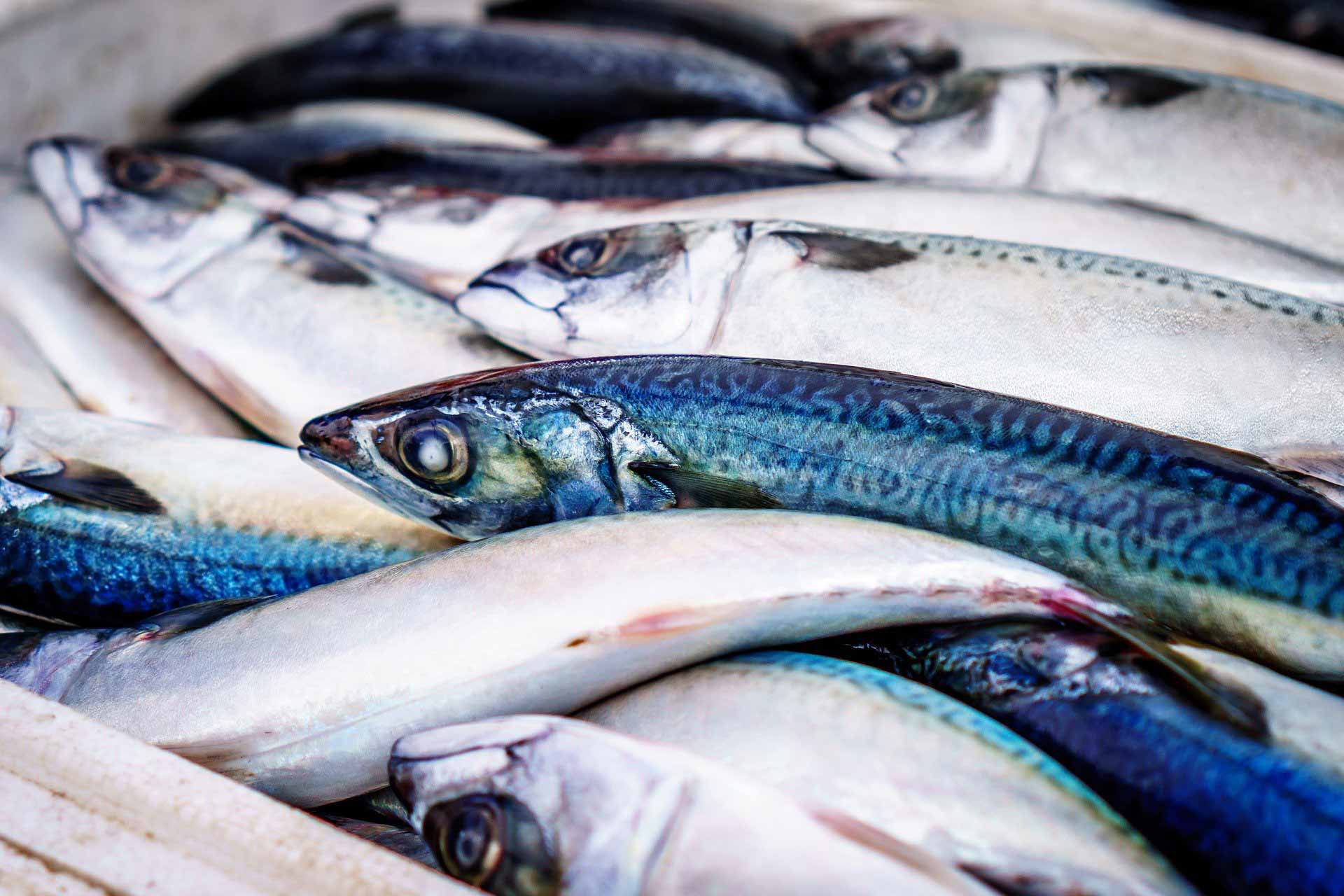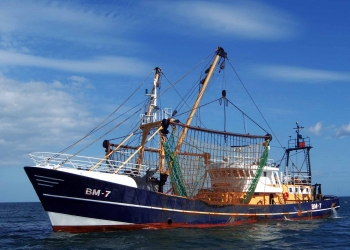Are enough fish left in the ocean? Wild fish is no longer able to supply the world population. Sustainable aquaculture is now called to meet the growing demand for seafood. Fishing must be at a level that ensures it can continue indefinitely and the fish population can remain productive and healthy.
Imagine if fishermen only caught locl, abundant, seasonal fish – instead of hunting less sustainable fish, such as the salmon and trout we normally see on the menu. Fishing pioneers Dock to Dish are turning our relationship to seafood on its head, supplying local restaurants with sustainable fish, cutting carbon footprints for both fisheries and chefs.
Do you feel that protecting the ocean and its wildlife is challenging?
To see a name of a fish on a menu and demand that from the ecosystem and the fishery – that’s what puts heavy targeted pressure on species,
Sean Barrett, CEO of Dock to Dish
Sustainable Fishing – Sustainable Seafood
Sustainable fishing means leaving enough fish in the ocean, respecting habitats and ensuring people who depend on fishing can maintain their livelihoods.
How do we build a #sustainableworld?
Only 2% of global food production currently comes from the oceans!
Oceans cover 70% of our planet!
This incredible underwater farm could be the future of food
There are no jobs on a dead planet!
When fish stocks collapsed, Newfoundland fisherman Bren Smith created an underwater farm growing sustainable shellfish and protein-rich seaweeds. It is hoped ocean farming can boost global food production by 10%.
As land-based agriculture comes under threat from rising temperatures and extreme weather events, could the sea be the future of farming?
EU Common Fisheries Policy – CFP
The CFP is a set of rules for managing European fishing fleets and for conserving fish stocks. Designed to manage a common resource, it gives all European fishing fleets equal access to EU waters and fishing grounds and allows fishermen to compete fairly.
Fishing stocks may be renewable but they are finite. Some of these fishing stocks are being overfished. As a result, EU countries have taken action to ensure the European fishing industry is sustainable. These actions does not threaten the fish population size and protect productivity over the long term.
The CFP was first introduced in the 1970s and went through successive updates, the most recent of which took effect on 1 January 2014.
Common Fisheries Policy – Sustainability in depth
Natural resources and the socioeconomic fabric vary greatly from one place to another. A balanced representation of local stakeholders knows best how to apply EU rules in their respective areas.
The European Union has agreed that, by 2020 at the latest, all fish stocks should be exploited at sustainable levels. In practice this means taking the highest possible amount of catches from the sea without affecting the long-term productivity of the stocks. This is the Maximum Sustainable Yield (MSY).
The CFP has 4 main policy areas:
- Fisheries management
- International policy
- Market and trade policy
- Funding of the policy
The European Market Observatory for Fisheries and Aquaculture products (EUMOFA) is an on-line multilingual database which aims at enhancing market intelligence and transparency in the EU fisheries and aquaculture market. It provides access to real-time comprehensive data on price, value and volume of production. The EUMOFA also provides market information and analysis across the European Union.
In some cases, fishing may have unintended effects on the marine environment and ecosystems. EU adopts measures to protect vulnerable habitats such as deep-sea corals and to reduce unintended harm to seabirds, seals and dolphins.

